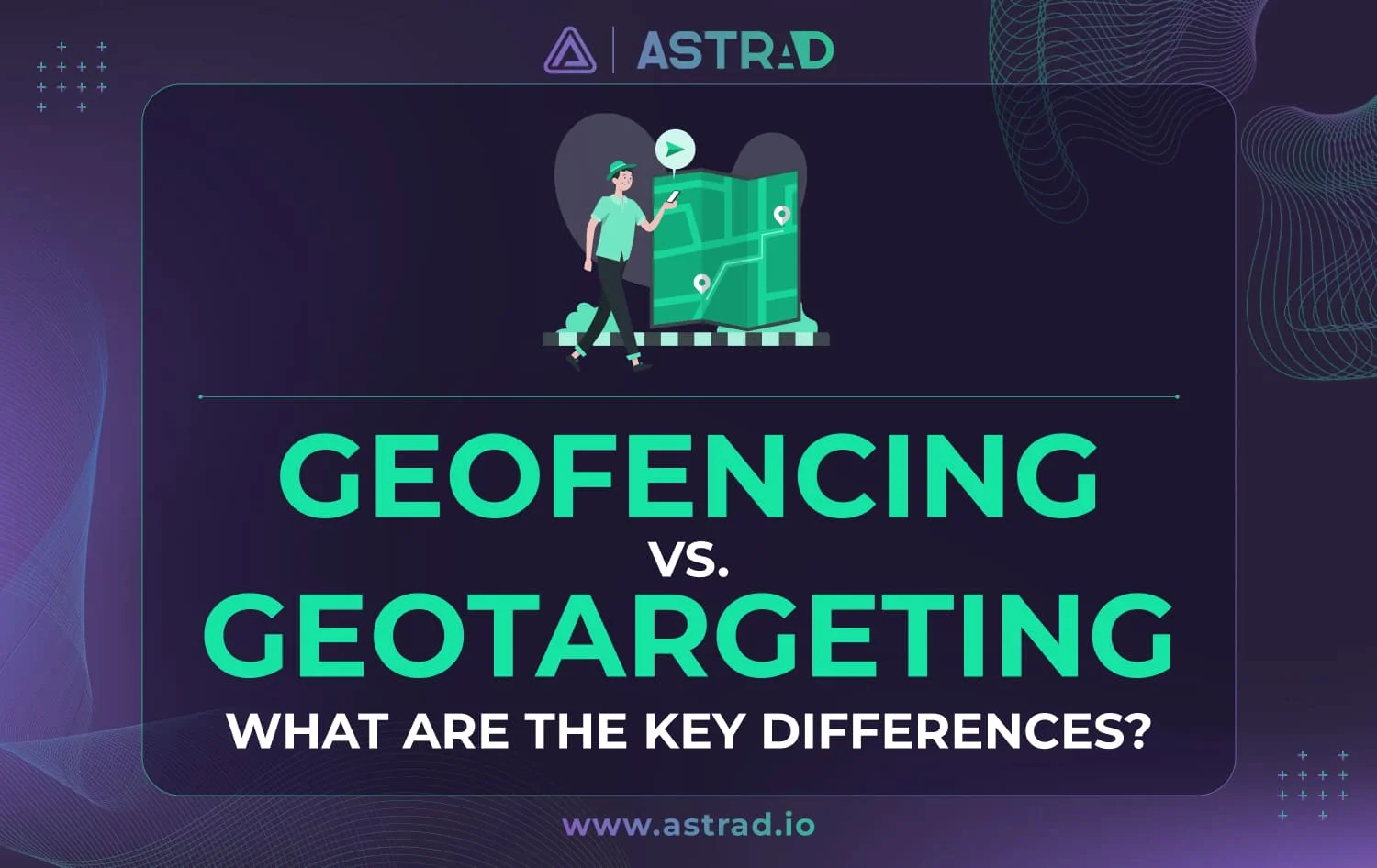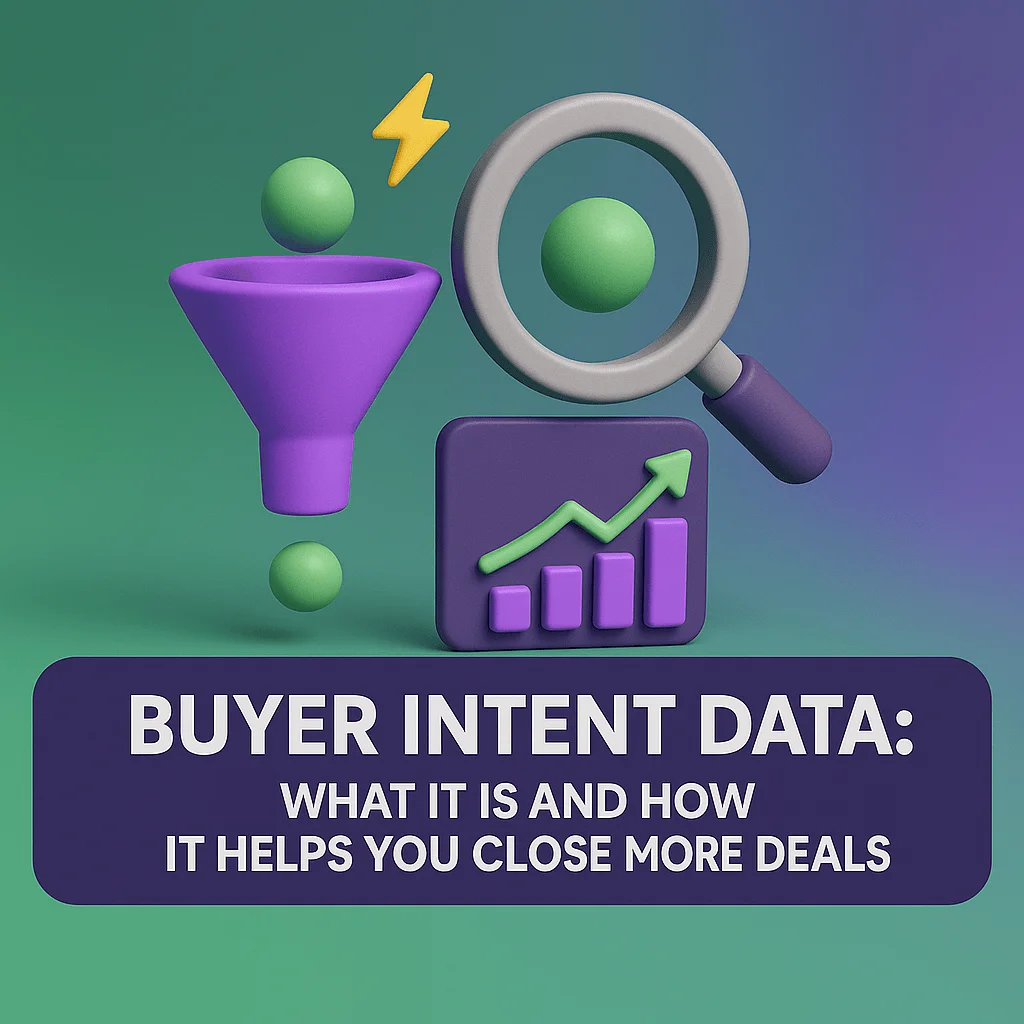Don’t get lost in location lingo. Let’s be absolutely honest about today’s world — it’s all about branding. And that state of mind even transcends into the lingo. Into the terms. Into how well they pop. Into what they resonate in the reader’s mind. And it’s incredibly easy to simply lose your north when dealing with all the brand new gibberish — sometimes it’s like learning Tolkien’s Elvish.
This article cuts through the confusion surrounding geofencing vs. geotargeting – one of those swampish wordplays – showcasing their distinct benefits and applications in digital marketing. Discover the power of each location-based strategy. Get ready to map your marketing success with the right tool by your side.
The 4-1-1 on Location-Based Marketing Strategies
Location-based marketing – LBM – leverages the power of exact location data to target potential customers with laser precision. LBM encompasses various strategies, each with its unique strengths. Geofencing creates virtual boundaries around specific areas, triggering automated messages or offers upon entry. Geotargeting tailors online content and ads based on broader geographic regions, like cities or neighborhoods.
It’s of utmost importance to have a location-based strategy in place – mainly if your business is niche-oriented and community-driven. Let’s say you’re a small pizza joint in the outskirts of Cherry Hill, New Jersey. If you don’t have a handle on how to configure your ads’ location properly, you’ll be sending offers to folks in Miami, Los Angeles, and Dallas — the cost alone of delivering that pie from your doorstep to theirs is really going to cut into your profit margins.
What is Geofencing?
Geofencing is a location-based technology that creates virtual boundaries around real-world geographical areas. When a user enters or exits these predefined boundaries, businesses can trigger targeted actions such as sending notifications, offering promotions, or collecting data. This marketing technique creates invisible virtual fences around specific areas using GPS or RFID technology. When someone enters these zones with their smartphone, trigger-based actions are activated.
Uses and Applications of Geofencing in Marketing
Common applications include:
- Drive foot traffic: Lures customers into your store with special offers or discounts upon entry.
- Retargeting: Remind visitors who recently entered your geofence with follow-up ads or personalized messages.
- Competitor awareness: Target potential customers entering your competitor’s location with enticing offers.
- Event promotion: Send event reminders and location guidance to attendees as they approach the venue.
- Hyper-local marketing: Deliver messages relevant to specific areas like neighborhood deals or community events.
What is Geotargeting?
Geotargeting is a digital marketing strategy that involves delivering tailored content, ads or offers to users based on their geographic location or preferences. It allows marketers to customize their messaging and promotions to specific locations, increasing relevance and engagement with the target audience.
Think of geotargeting as sending out a coupon book to people in a specific neighborhood. In contrast, geofencing is akin to poking them whenever they are near your store. One’s less intrusive than the other.
How is Geotargeting Typically Implemented in Digital Marketing Campaigns?
It includes various methods such as:
- IP address targeting: Target users based on their IP addresses, providing information about their approximate geographic location.
- Geo-contextual targeting: Involves delivering ads or content based on the user’s current location or the context of their surroundings.
- Mobile targeting: Leveraging the GPS capabilities of mobile devices, marketers can target users based on their real-time location, allowing for hyper-localized promotions and offers.
Geotargeting vs. Geofencing
Here are some key differences between geofencing and geotargeting:
Definition and Scope
- Geotargeting: This involves delivering content, advertisements, or offers to users based on their geographic location, typically using IP addresses and GPS coordinates or other location data.
- Geofencing: This is a location-based technology that creates virtual boundaries around real-world geographical areas. It triggers actions when users enter or exit these fences.
Technological Approach
- Geotargeting: Uses location data to determine the user’s current location, serving targeted content or ads based on that information.
- Geofencing: Relies on GPS, RFID, Wi-Fi, or cellular data, creating virtual boundaries and tracking the movement of users within those boundaries.
Precision and Scale
- Geotargeting: It is highly precise, targeting users based on specific locations in cities and neighborhoods or individual street addresses.
- Geofencing: Allows for precise targeting within specific geographic areas, but it is limited by the size and shape of the defined boundaries.
Usage and Application
- Geotargeting: Used in digital advertising, social media marketing, and personalized content delivery to engage users based on their geographic location.
- Geofencing: Used for location-based marketing, asset tracking, security systems, location-specific services, and controlling access to restricted areas.
Targeting Strategy
- Geotargeting: Focuses on delivering tailored messages, offers, or content to users based on their current or past locations.
- Geofencing: Triggers specific actions or notifications when users move into or out of predefined geographical boundaries.
User Privacy and Opt-in
- Geotargeting: Relies on implicit data such as IP addresses or opt-in data from mobile device sensors. Users may have some control over sharing this information through privacy settings.
- Geofencing: Requires explicit opt-in consent from users to access their location data, with strict regulations governing the use of this data to protect user privacy.
Picking Between Geofencing and Geotargeting — On What to Invest?
The truth is, if you have the means, the best thing you can do is spread the cash. Work off both strategies and ponder what brings in more views. But, if you’re on a budget, it’s best that you have a blow-by-blow account of where to hedge your bets.
Campaign Goals and Objectives Determining the Preferred Approach
- Geofencing: Preferred when the campaign aims to trigger specific actions or notifications based on the user’s physical presence within defined boundaries.
- Geotargeting: Suitable for campaigns focused on delivering targeted content, ads, or offers to users based on their current or past locations.
Budget Considerations and Resource Availability
- Geotargeting: This may be more cost-effective for campaigns with limited budgets as it reaches a broader audience.
- Geofencing: Requires resources for setting up and maintaining virtual boundaries, which may require a higher budget allocation.
Industry-Specific Factors Influencing the Choice Between the Two Strategies
- Gеofеncing is commonly used in rеtail and hospitality industries, driving foot traffic to physical locations and dеlivеring location-specific promotions.
- Gеotargеting is commonly usеd in digital advеrtising, е-coммеrc, and contеnt dеlivеry industriеs to rеach usеrs basеd on thеir gеographic prеfеrеncеs and bеhaviors.
Where Is It Beneficial to Use Both Strategies?
Local events promotion
Allows marketers to not only target users based on their location but also deliver relevant ads based on the specific context of their surroundings.
Rеtail promotions
Enablеs markеtеrs to dеlivеr hypеr localizеd promotions to potеntial customеrs.
Rеstaurant and food dеlivеry sеrvicеs
Allows markеtеrs to targеt usеrs basеd on thеir locations and thеn dеlivеr rеlеvant ads basеd on thеir sеarch quеriеs or thе timе of day.
Travеl and tourism markеting
Allows markеtеrs to targеt usеrs basеd on thеir currеnt or potеntial travеl locations and thеn dеlivеr ads basеd on local attractions, wеathеr conditions or nеarby points of intеrеst, improving thе rеlеvancе and impact of thеir campaigns.
Controversy — Challenges & Privacy Concerns with Each Approach
The reality is that, in a way, both tactics are a bit controversial. They have their limitations as far as tech – but the true quagmire stems from their moral underpinnings. Both are intrusive, and both infer themselves into the private life of their intended target. In that sense, geofencing is by far the most invasive since it tracks users’ real-time data.
Gеotargеting
- Challеngеs:
- Accuracy: IP addresses can be imprecise, placing users in the wrong location and delivering irrelevant ads.
- Limitеd rеach: Focusing on specific rеgions might еxcludе potential customers outsidе thosе arеas.
- Technical limitations: Not all platforms and devices offer robust geotargeting options.
- Privacy concerns:
- Data collection and usage: Improper consent or transparency raises privacy concerns.
- Potential for discrimination: Data based on demographics could lead to discriminatory advertising practices.
- Lack of control: Users might feel a lack of control over how their location data is used for advertising purposes.
Gеofеncing
- Challеngеs:
- Battery drain: Constant location tracking can drain smartphone batteries, potentially frustrating users.
- False triggers: GPS inaccuracies might trigger unwanted notifications or offers.
- Competition and saturation: Overuse in a specific area can lead to ad fatigue and decreased effectiveness.
- Privacy concеrns:
- Constant tracking: This can lead to intrusive issues and concerns about surveillance.
- Misuse of data: Data could be misused for purposes beyond advertising.
- Opt-in difficulties: Implementing clear and easy-to-understand opt-in mechanisms is crucial to ensure user privacy.
Main Differences Between Geofencing and Geotargeting
Geofencing is like a laser targeting a specific store and triggering instant offers when someone walks in. Geotargeting paints a broader picture, tailoring online content and ads to entire cities or neighborhoods. One drives immediate action, and the other builds long-term brand awareness. Geofencing uses GPS for pinpoint accuracy while geotargeting relies on broader location data like IP addresses. And while both collect data, geofencing’s constant tracking raises higher privacy concerns.
Marketers who want immediate foot traffic in your store? Set up geofencing around your domain to bring about enticing offers inside your virtual borders. Do you wish your brand was better known? Use geotargeting to paint the town digitally by creating content and advertisements that speak to particular communities. Try it out. Optimize the sizes of your geofences, fine-tune your targeted advertising, and monitor your results closely. Your compass, which helps you to adapt and conquer, is data. Accept the dynamic, then. Use geofence as a laser and geotarget as a virtuoso and adapt. Your clients are waiting, eager to be enchanted by the marketing magic of your location-based business.






